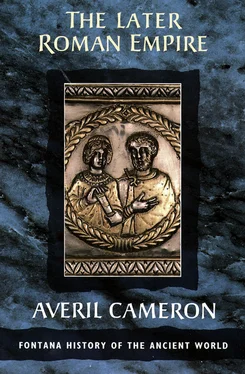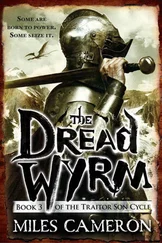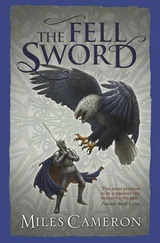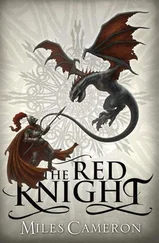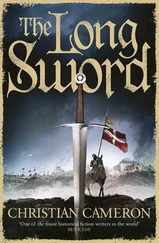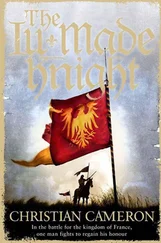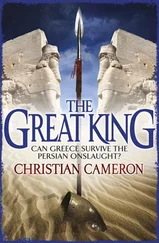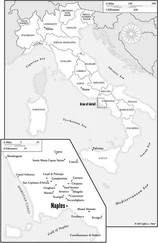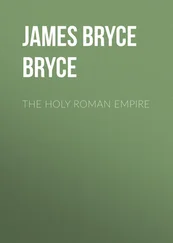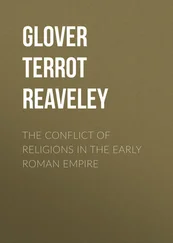AVERIL CAMERON
THE LATER ROMAN EMPIRE
AD 284–430
Cover
Title Page AVERIL CAMERON THE LATER ROMAN EMPIRE AD 284–430
Introduction to the Fontana History of the Ancient World Introduction to the Fontana History of the Ancient World NO JUSTIFICATION is needed for a new history of the ancient world; modern scholarship and new discoveries have changed our picture in important ways, and it is time for the results to be made available to the general reader. But the Fontana History of the Ancient World attempts not only to present an up-to-date account. In the study of the distant past, the chief difficulties are the comparative lack of evidence and the special problems of interpreting it; this in turn makes it both possible and desirable for the more important evidence to be presented to the reader and discussed, so that he may see for himself the methods used in reconstructing the past, and judge for himself their success. The series aims, therefore, to give an outline account of each period that it deals with and, at the same time, to present as much as possible of the evidence for that account. Selected documents with discussions of them are integrated into the narrative, and often form the basis of it; when interpretations are controversial the arguments are presented to the reader. In addition, each volume has a general survey of the types of evidence available for the period and ends with detailed suggestions for further reading. The series will, it is hoped, equip the reader to follow up his own interests and enthusiasms, having gained some understanding of the limits within which the historian must work. OSWYN MURRAY Fellow and Tutor in Ancient History, Balliol College, Oxford General Editor
Preface Preface THE MAIN IDEAS and emphases expressed in this book and its companion volume, The Mediterranean World in Late Antiquity , AD 395–600 , Routledge History of Classical Civilization (London, 1993), have evolved over twenty or so years of teaching and lecturing. Although during that period the later Roman empire has become fashionable, especially in its newer guise of ‘late antiquity’, there is still, strangely, no basic textbook for students in English. I am very glad therefore to have been given this opportunity to attempt to fill that gap. My own approach owes a great deal to the influence over the years of my colleagues in ancient history, especially to those who have been associated with the London Ancient History Seminars at the Institute of Classical Studies. Not least among them is Fergus Millar, who initiated the seminars, and who both encouraged a broad and generous conception of ancient history and insisted on the great importance of lucid and helpful presentation. Most important of all, however, have been the generations of history and classics students, by no means all of them specialists, who have caused me to keep returning to the old problems, and to keep finding something new. This book was written at speed, and with great enjoyment, partly as a relief from more difficult and recalcitrant projects. Though of course infinitely more can be said than is possible in this limited compass, I hope that it will at least provide a good starting point from which students can approach this fascinating period. It is a characteristic of this series to embody translated excerpts from contemporary sources; in the case of Ammianus Marcellinus, such translations are taken from the Penguin edition by W. Hamilton. I am grateful to the editor of the series, Oswyn Murray, for wise guidance, and to several others for various kinds of help, notably to Dominic Rathbone and Richard Williams. But they, needless to say, had no part in the book’s defects. London, August 1992
Maps Maps
I Introduction: the third-century background
II The Sources
III The New Empire: Diocletian
IV The New Empire: Constantine
V Church and State: The Legacy of Constantine
VI The Reign of Julian
VII The Late Roman State: Constantius to Theodosius
VIII Late Roman Economy and Society
IX Military Affairs, Barbarians and the Late Roman Army
X Culture in the Late Fourth Century
XI Constantinople and the East
XII Conclusion
Date Chart
List of Emperors
Primary Sources
Further Reading
Appendix
Index
About the Author
Fontana History of the Ancient World Series
Copyright
About the Publisher
Introduction to the Fontana History of the Ancient World
NO JUSTIFICATION is needed for a new history of the ancient world; modern scholarship and new discoveries have changed our picture in important ways, and it is time for the results to be made available to the general reader. But the Fontana History of the Ancient World attempts not only to present an up-to-date account. In the study of the distant past, the chief difficulties are the comparative lack of evidence and the special problems of interpreting it; this in turn makes it both possible and desirable for the more important evidence to be presented to the reader and discussed, so that he may see for himself the methods used in reconstructing the past, and judge for himself their success.
The series aims, therefore, to give an outline account of each period that it deals with and, at the same time, to present as much as possible of the evidence for that account. Selected documents with discussions of them are integrated into the narrative, and often form the basis of it; when interpretations are controversial the arguments are presented to the reader. In addition, each volume has a general survey of the types of evidence available for the period and ends with detailed suggestions for further reading. The series will, it is hoped, equip the reader to follow up his own interests and enthusiasms, having gained some understanding of the limits within which the historian must work.
OSWYN MURRAY
Fellow and Tutor in Ancient History,
Balliol College, Oxford
General Editor
THE MAIN IDEAS and emphases expressed in this book and its companion volume, The Mediterranean World in Late Antiquity , AD 395–600 , Routledge History of Classical Civilization (London, 1993), have evolved over twenty or so years of teaching and lecturing. Although during that period the later Roman empire has become fashionable, especially in its newer guise of ‘late antiquity’, there is still, strangely, no basic textbook for students in English. I am very glad therefore to have been given this opportunity to attempt to fill that gap. My own approach owes a great deal to the influence over the years of my colleagues in ancient history, especially to those who have been associated with the London Ancient History Seminars at the Institute of Classical Studies. Not least among them is Fergus Millar, who initiated the seminars, and who both encouraged a broad and generous conception of ancient history and insisted on the great importance of lucid and helpful presentation. Most important of all, however, have been the generations of history and classics students, by no means all of them specialists, who have caused me to keep returning to the old problems, and to keep finding something new.
This book was written at speed, and with great enjoyment, partly as a relief from more difficult and recalcitrant projects. Though of course infinitely more can be said than is possible in this limited compass, I hope that it will at least provide a good starting point from which students can approach this fascinating period. It is a characteristic of this series to embody translated excerpts from contemporary sources; in the case of Ammianus Marcellinus, such translations are taken from the Penguin edition by W. Hamilton. I am grateful to the editor of the series, Oswyn Murray, for wise guidance, and to several others for various kinds of help, notably to Dominic Rathbone and Richard Williams. But they, needless to say, had no part in the book’s defects.
Читать дальше
